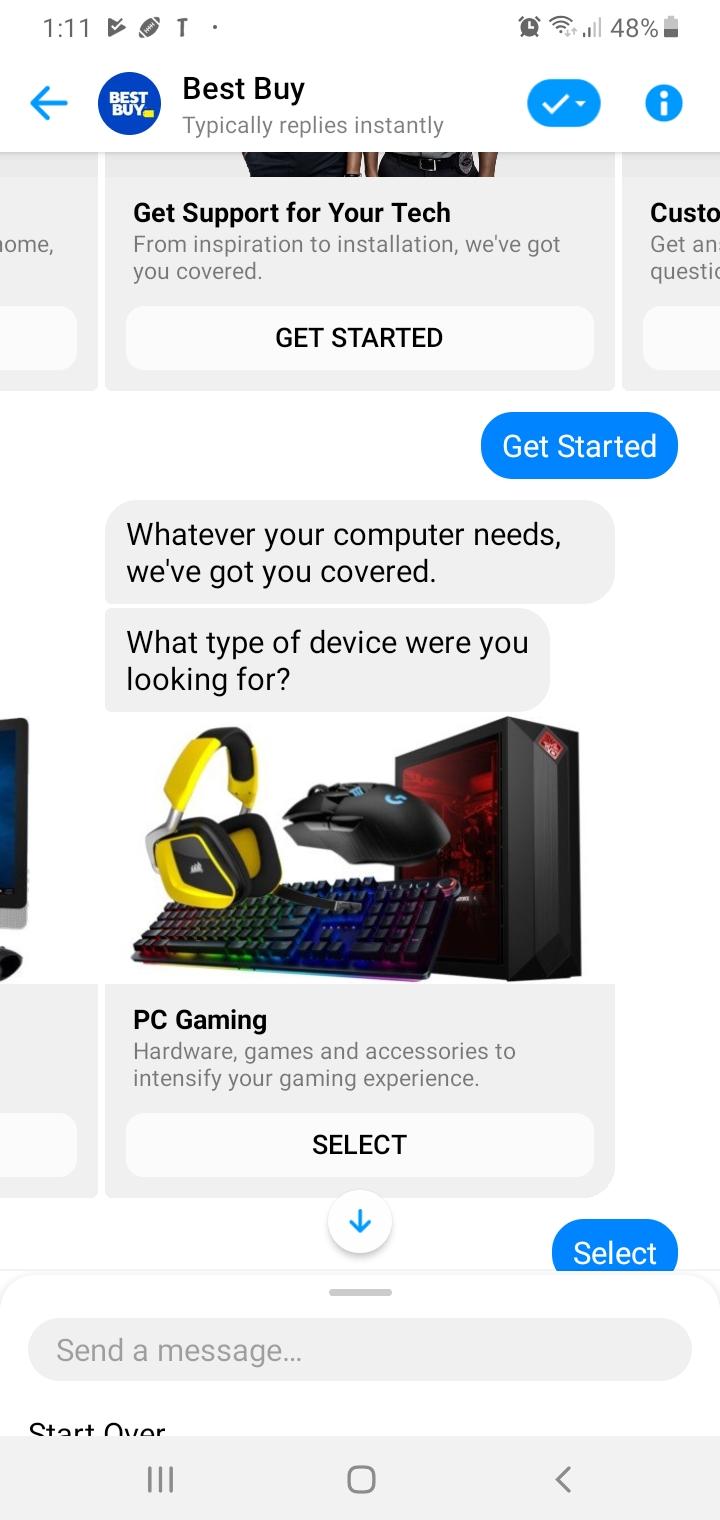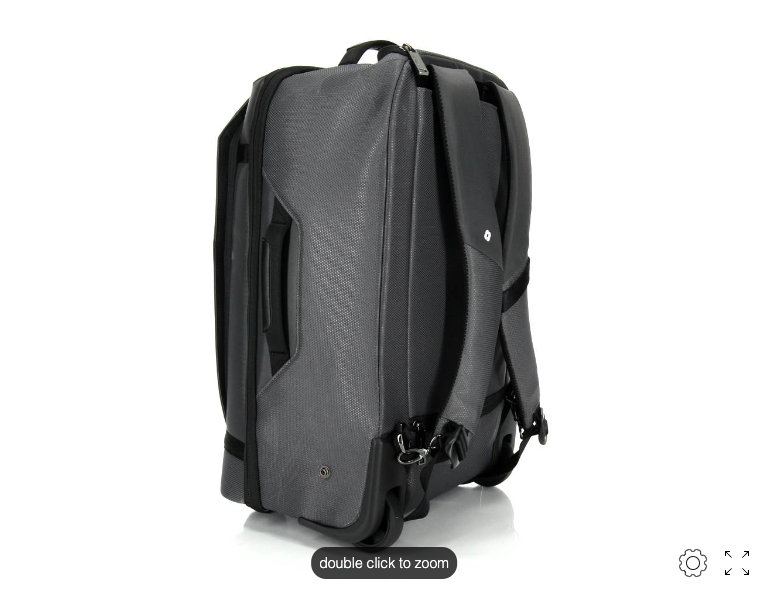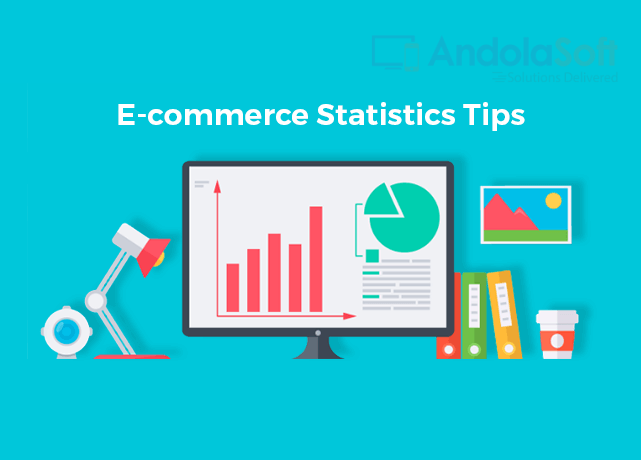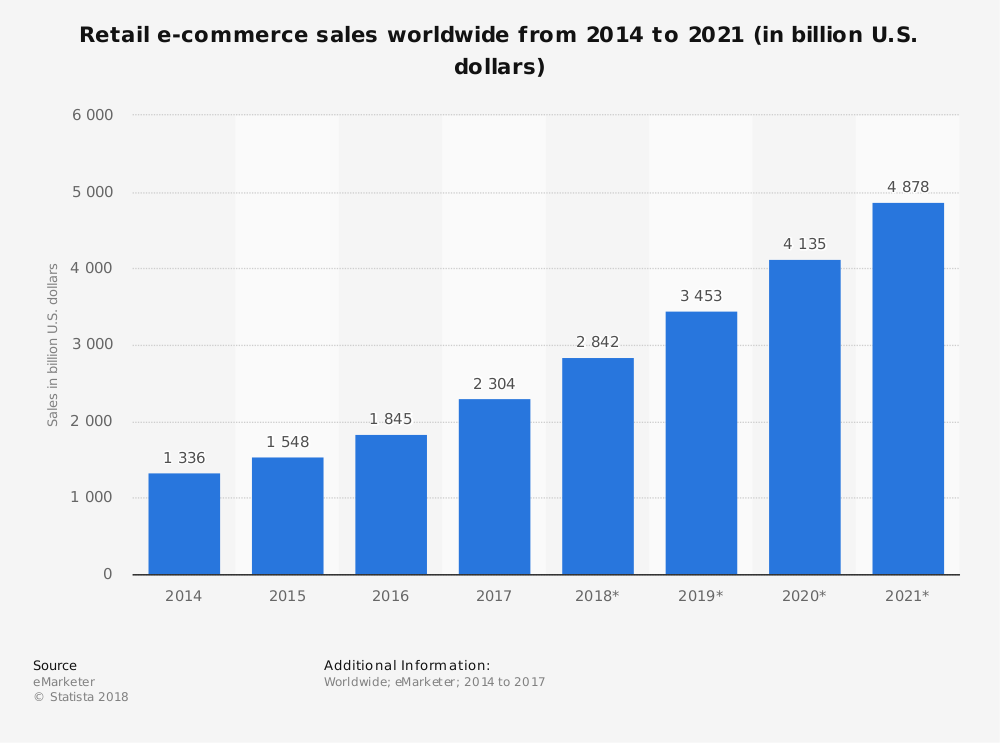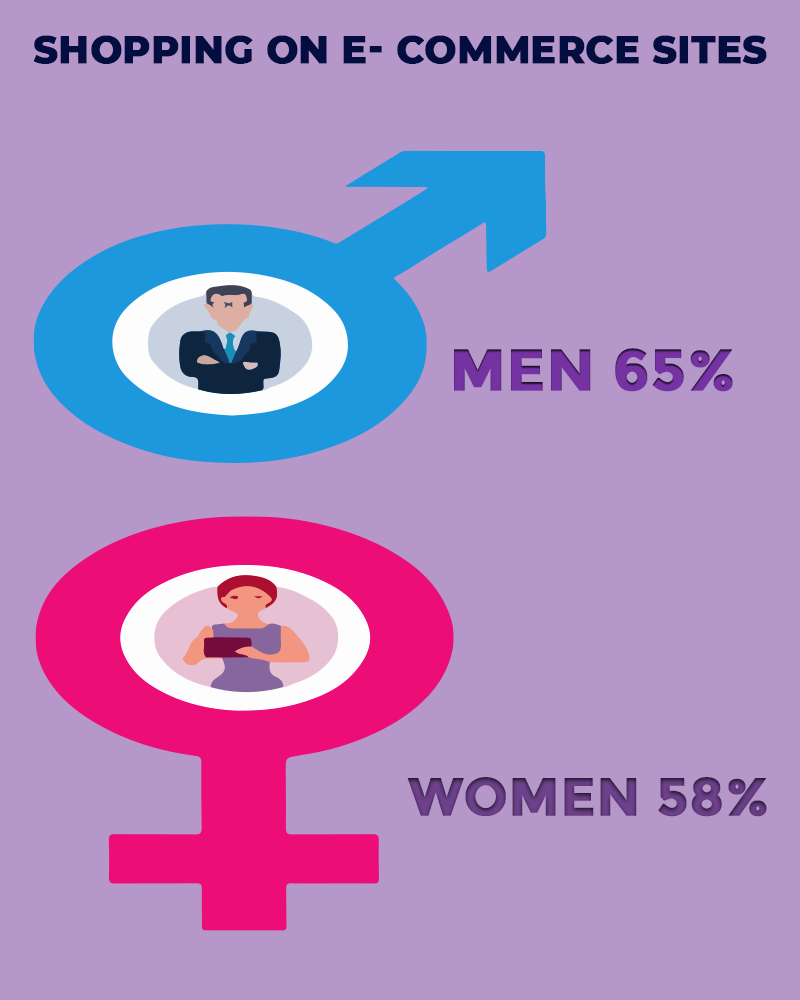Keeping an eye on the eCommerce trends should be a hobby since the year is coming to an end, and the business partners want future growth in eCommerce.
Several future eCommerce trends that retailers should pay attention to are the eCommerce techniques. In they need positive growth in their organization are discussed in this article.
Online-Offline Linkages:
Both the online and offline shopping options are believed to be the key trends that are believed in shaping future eCommerce regarding how businesses can increase their sales.
Borrowing from the online giant market, Amazon, the process of coming up with physical stores, allows people to interact with the products that may have come across or ordered online.
Never miss an update from us. Join 10,000+ marketers and leaders.
Similarly, the retail businesses have noted the importance of offering their digital experiences to younger customers as they seem to spend most of their time online and social media, making purchase decisions.
Thus, it is very logical predicting the eCommerce landscape of 2020 to be either a physical or digital presence.
Multi-Channel Engagement and Buying:
Having many people spend their time on social media, retail businesses have the opportunity of communicating and engaging with their target audiences through various channels.
For example, one may come across a picture of a friend carrying a trendy handbag on Instagram or any social media hurdle.
It will be obvious for the person to inquire about the brand of the bag, its cost, and of course, where she bought it.
After acquiring this information, the person will surely log into the brand’s website or other pages that are selling to make their purchase.
Therefore, multi-channel engagement can be said to be one of the eCommerce future trends that have already begun yielding fruits for retailers.
The multi-channel trend is good news for all businesses as the research clearly shows that most shoppers spend more than those individuals who restrict shopping to a certain channel.
However, it is wrong to rule out that the drivers of eCommerce in the future have changed their availability, utility to the personalized product.
Native Social-Selling
About 18.2% of people say they are comfortable transacting through the social media pages of the prevalent brands.
Although it is still a niche where buying and selling can take place, this group of early adopters will only grow in the near future.
“For example, Instagram has more than a billion active users who spend most of their time on the site messaging and doing other stuff but only get interested in shopping whenever they find something that catches their eye or rather recommended by the influencers.”
The same case is happening to the Facebook brands where their shops on Facebook attract heavy traffic with an increasing number of buyers if they have unique goods.
In the near future, the large brands with a global presence are not going to ignore the native-selling since their target audience will be doing the bulk of the product they admire on social media platforms.
Markedly, it will be an interesting development since eCommerce space will no longer be liable to restricted to the online businesses’ well-known brands as they are probably going to set up their brands on social media.
Automated Operations
None of the future trends will get fruits until their business get automation of their prevalent processes.
That is, ranging from inventory management, invoicing, billing, delivery, and even handling refunds and returns of the firms.
This is because, like in the multi-channel, eCommerce will only be possible if the retailer has general information concerning the stock levels for their various products at the time of shipping.
If there will be an automated inventory, then it will be safe, fast, and customer satisfying since there will be no need for mastering every particular product.
Lack of this information in the app and the websites will continue accepting new orders for their products without customer’s knowledge.
Research shows that enhancing customer satisfaction is a vital factor in influencing loyalty and repeat purchases in the future of eCommerce.
In case deliveries are at any time-delayed or orders are canceled, then the reputation will take a hit.
Mobile Commerce
Almost everyone owns a smartphone, and there is rapid penetration of the same, even in the developing countries for middle-class persons.
The mobile commerce emerging trend results from the rise of using smartphones, which shows mobile commerce in the near future will hit a higher note.
However, retailers and customers have been taking full advantage of their smartphones, but now it important the phones are made being mobile-friendly.
Hence the purchases are simplified. In essence, many people are not going to navigate multiple fill-in forms and pages before completing any transaction.
With that in mind, eCommerce will be required to start looking beyond America and its markets in the coming years.
This is because of the emerging economies like in China, North Africa, and South Asia, where smartphone penetration is the rise but still below global expectations.
For retailers who are in a position to develop mobile apps can be easily downloaded and used without using too much bandwidth in finding themselves a significant advantage where the internet connections are slow or of limited ranges.
Social Media eCommerce
Many eCommerce analysts believe that online shopping and social media as a natural fit.
They argue that most people spend most of their time on Facebook and Twitter, browsing different products, and asking for recommendations.
I’ve worked with the team at Andolasoft on multiple websites. They are professional, responsive, & easy to work with. I’ve had great experiences & would recommend their services to anyone.
Ruthie Miller, Sr. Mktg. Specialist
Salesforce, Houston, Texas

Recently, businesses and customer research show that this shift in the behavior of consumers is taking hold, especially the youths who are considered as the primary target audience in the future of eCommerce.
Many young people have begun using social media to find products and other services that fulfill their needs.
As well they seek to get feedback from individuals within their online circles who might have used the same product before.
Conclusion
For a prosperous future of eCommerce, businesses will have to work with the technology and data firms.
As well the social media platforms will need to ensure the information is always safeguarded for the transaction to take place.
We featured as Top Magento Developers at eCommerceCompanies.
Data leakage is common nowadays which has become a norm for social media hurdles leading to customers remaining top extra cautious with their information online.
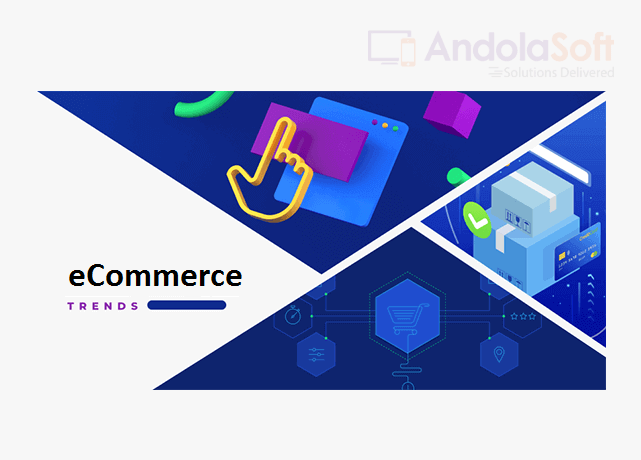


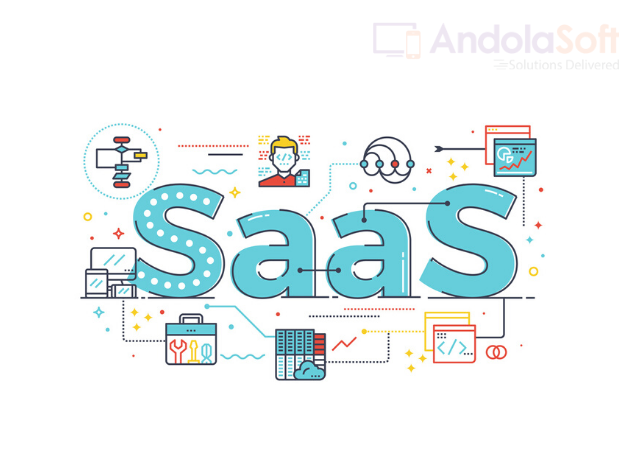
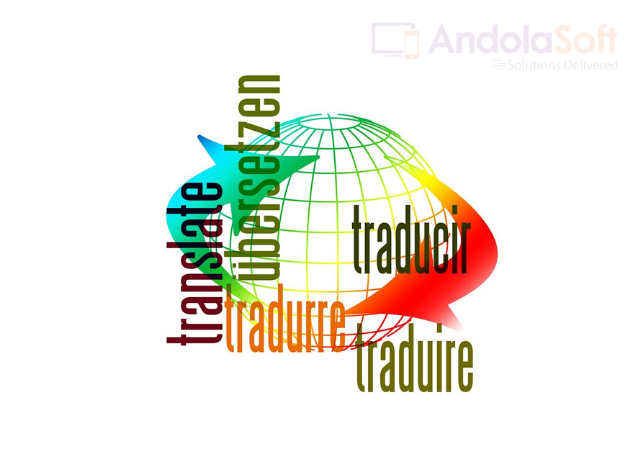
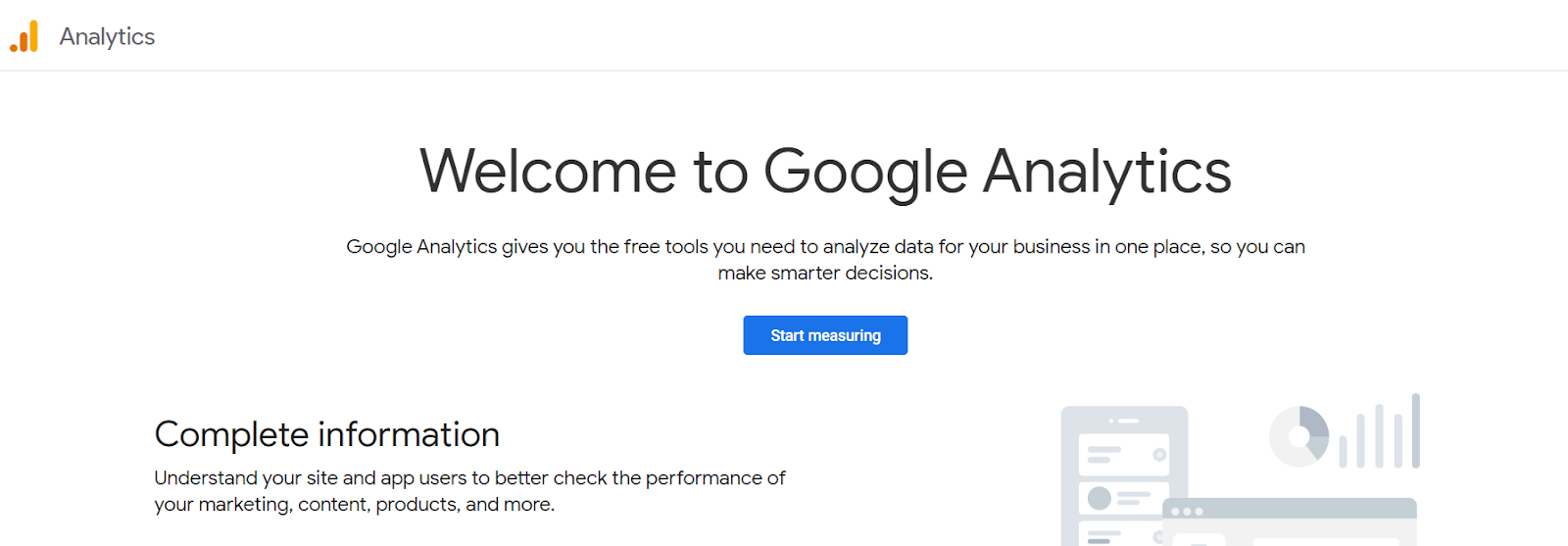 Image Source:
Image Source: 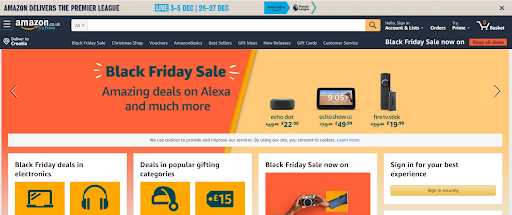 Image Source:
Image Source: 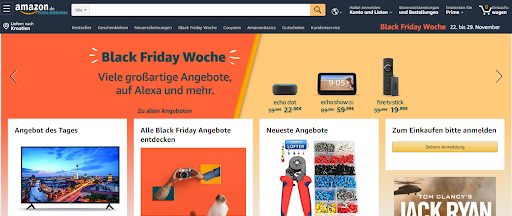 Image Source:
Image Source: 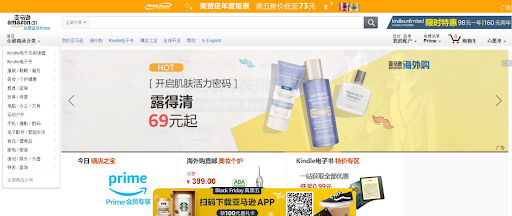
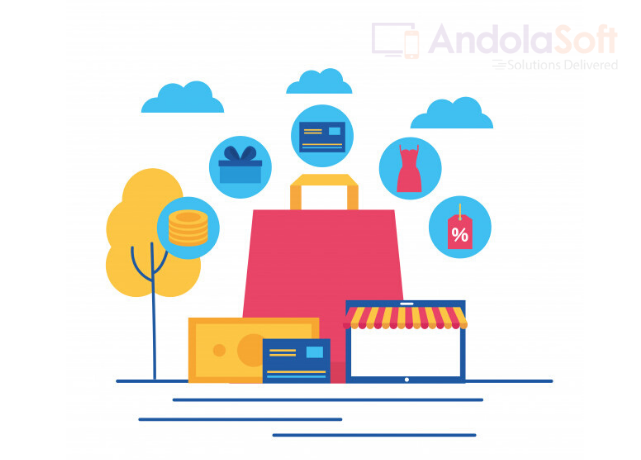

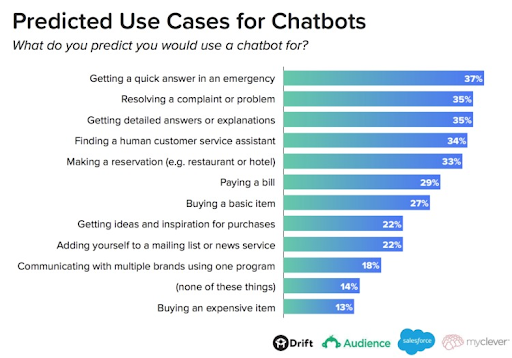 Source: The 2018 State of Chatbots report
Source: The 2018 State of Chatbots report